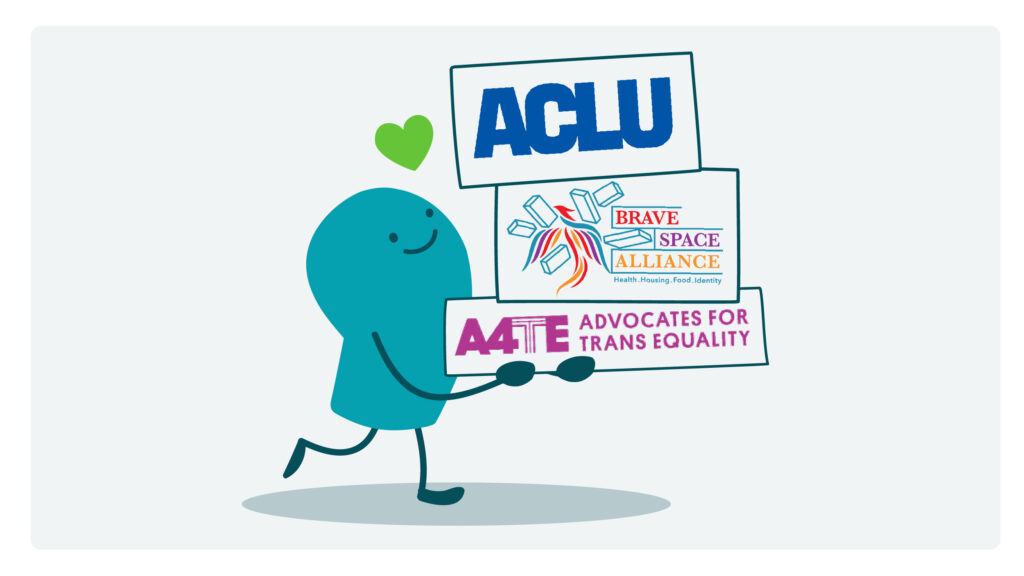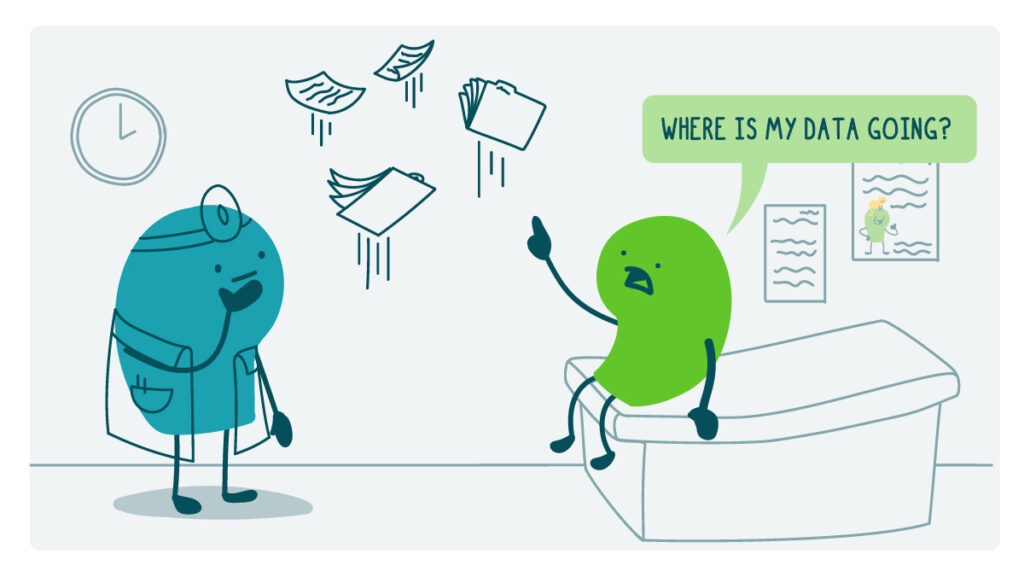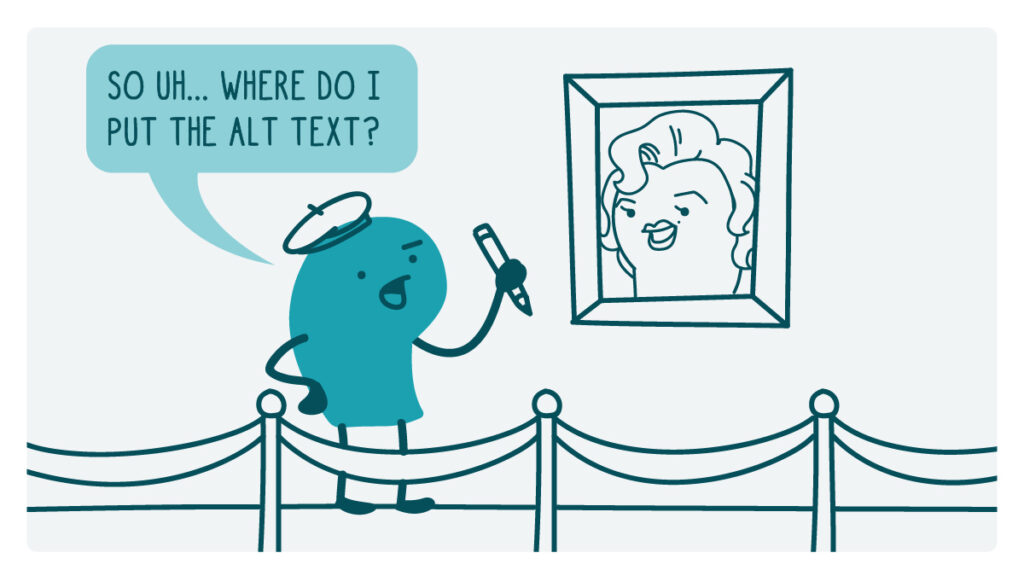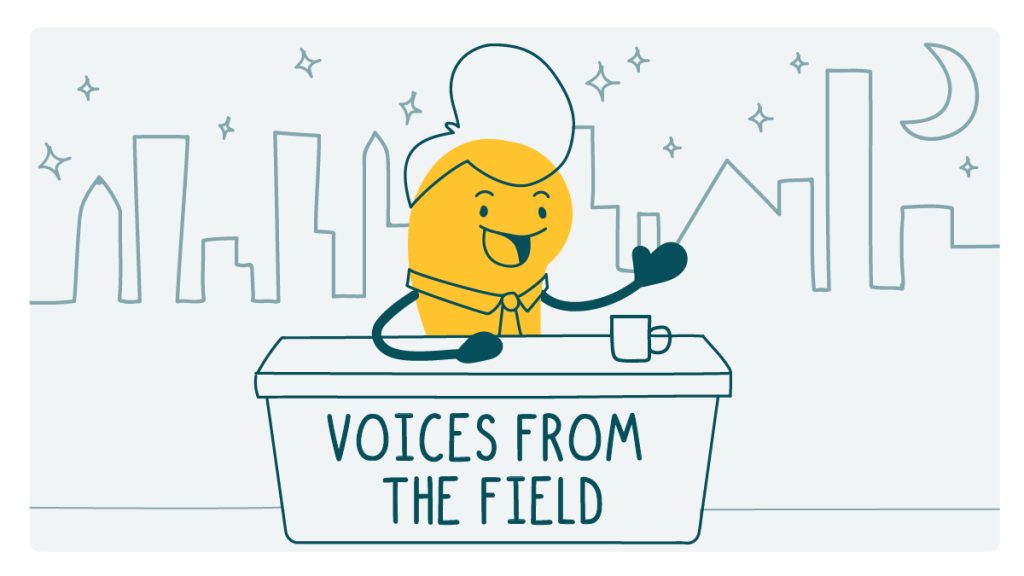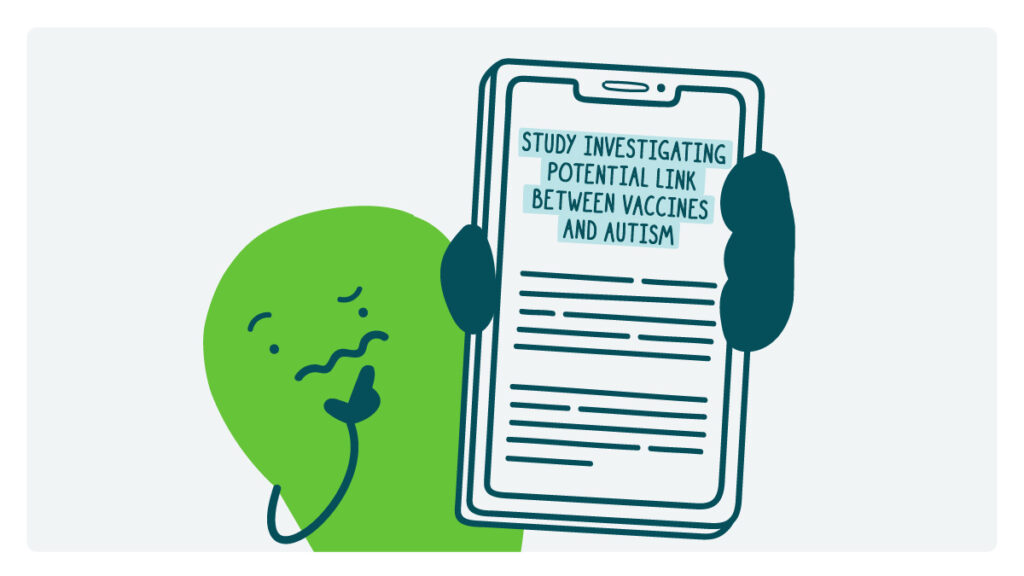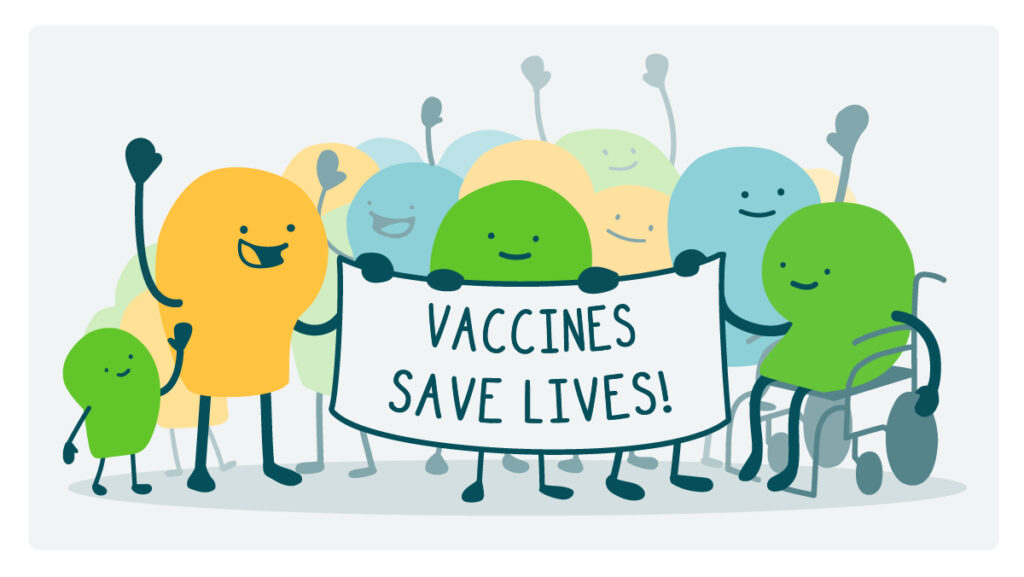
Vaccines are one of the most effective public health interventions in history. Around the world, they save millions of lives every year and have helped eradicate or reduce diseases like polio, measles, and whooping cough.
But over the last few years, vaccines have taken center stage in public health conversations — with vaccine hesitancy on the rise. What used to be a mostly behind-the-scenes scientific success story has become one of the most hot-button issues in public health. Recently, the Secretary of Health and Human Services removed all 17 members of the Advisory Committee on Immunization Practices (ACIP) and appointed a number of new members. The new Committee is meeting for the first time this week (check out this recap of the first day).
ACIP has long provided independent, expert guidance on vaccine recommendations, free from political pressure. Experts are voicing concerns that the new appointees lack relevant experience and expertise — and warn that without a strong Committee of vetted professionals, vaccine policy may lose its foundation in rigorous science.
And that, dear readers, is a pretty big deal. ACIP’s recommendations state who should get a vaccine, when, and how often — but just as important, the recommendations affect which vaccines health insurance plans have to cover. If ACIP decides not to recommend a vaccine, people might have a really hard time accessing (and affording) vaccines. ACIP’s recommendations also determine what’s covered under the Vaccines for Children program, which provides free vaccines to about half of all kids in the U.S. And last but not least — removing a vaccine from the recommended schedule might lead people to question whether the vaccine is safe and actually works to protect them.
And that’s not the only possible stumbling block. In recent weeks, vaccine policies have bypassed ACIP entirely. For example, the Department of Health and Human Services (HHS) released guidance removing its recommendation for COVID‑19 vaccination for healthy children and pregnant people, without ACIP review. This move has caused confusion for families and expecting parents and left some people unable to get boosters, despite advice from their doctors.
So what’s a health communicator to do? First of all, we’ll follow these developments closely (we’re sure you will too). But secondly — let’s raise our voices in defense of vaccines, highlight the scientific process, and demand accountability from our leaders. Consider using these messages in your next campaign, social media post, or community conversation:
- Getting vaccinated is one of the most important things you can do to protect yourself and your family from serious diseases like flu, measles, and whooping cough. Worldwide, vaccines prevent as many as 5 million deaths each year.
- Vaccines go through years of rigorous testing before they’re approved — including testing in thousands of people. No vaccine is added to the recommended list unless it’s proven to be safe and effective.
- When a vaccine is developed in an emergency, it still has to go through rigorous testing to ensure it’s safe and effective. Some vaccines use previous vaccine research, or overlap steps in the vaccine development process to speed up the process without compromising safety.
- Vaccine scientists don’t just work fast — they work smart, using what we’ve learned from decades of research, and continually watching vaccines to make sure they’re safe even after they’re being given out.
- It’s normal to have questions about vaccines. If you’re doing your own research online, make sure to check your sources and also get advice from people with medical expertise, like your doctor.
The bottom line: Health communicators, your voice matters. Let’s keep lifting up the science and bringing clarity to complicated conversations — 1 plain language message at a time.
Copy/paste to share on social (and tag us!): Following the Advisory Committee on Immunization Practices (ACIP) meeting today? CommunicateHealth has thoughts on why independent, science-based vaccine recommendations matter — and how #HealthComm folks can speak out in defense of vaccine access: https://communicatehealth.com/wehearthealthliteracy/health-comm-for-the-current-moment-independent-science-based-vaccine-recommendations-matter/ #HealthCommunication #HealthLiteracy
